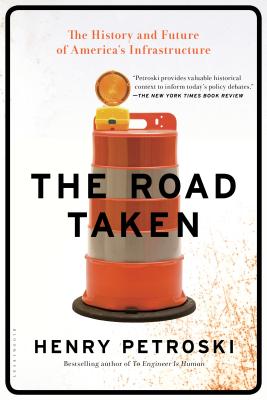Expedite your nonfiction book discovery process with Readara interviews, summaries and recommendations, Broaden your knowledge and gain insights from leading experts and scholars
In-depth, hour-long interviews with notable nonfiction authors, Gain new perspectives and ideas from the writer’s expertise and research, Valuable resource for readers and researchers
Optimize your book discovery process, Four-to eight-page summaries prepared by subject matter experts, Quickly review the book’s central messages and range of content
Books are handpicked covering a wide range of important categories and topics, Selected authors are subject experts, field professionals, or distinguished academics
Our editorial team includes books offering insights, unique views and researched-narratives in categories, Trade shows and book fairs, Book signings and in person author talks,Webinars and online events
Connect with editors and designers,Discover PR & marketing services providers, Source printers and related service providers
The Road Taken : The History and Future of America's Infrastructure
Interview with Henry Petroski


Interview Summary
History of the network of bridges and highways that span four million miles to the four corners of the United States is rarely chronicled from the perspective of infrastructure. In fact the use of term is only three-decade old.
In less than nine decades, mud lanes once traveled by horse drawn carriages have evolved to a complex web of highways zoomed by ever faster automobiles and trucks and now are part of the American infrastructure that we all rely on for our daily lives.
These arteries of highways and boulevards played a central role in the development of suburban sprawl and home ownership for younger couples. Coast to Coast commerce thrived after the federal government built a network of highways connected places both near and far. However this ever expanding infrastructure of roads and bridges need timely maintenance and repairs.
The politicians of all kinds for decades have favored building new roads to maintaining as the complex transportation network is forced to support traffic and load at times three to five times larger than the original design.
In an interview with Readara, Henry Petroski, the author of The Road Taken, offers a lively account of the history of transportation infrastructure in the last century and what we need to do now to keep that transportation landscape supporting travel and commerce. Petroski also delves into the politics of financing roads that favors building big projects and neglecting the equally important timely maintenance and repairs.
Key Topics
- What is the history of transportation infrastructure in the last 100 years?
- What are the consequences of neglect of infrastructure?
- What is the history behind some of the ubiquitous infrastructure dilemmas: concrete vs asphalt, white vs yellow road markings, cantilever vs suspension bridges, elevated highways vs underground tunnels?
- How did a military demonstration serve as a catalyst for major infrastructural changes?
- How are federal and local governments experimenting in recouping infrastructure costs?
- How are public-private partnerships likely to impact the development of infrastructure in the future?
- How are technological advances bound to affect the financing and building of roads and bridges in the near future?
- What choices do we have regarding infrastructure?
About Henry Petroski
Henry Petroski is a civil engineering professor at Duke University where he specializes in failure analysis.
Petroski was born in Brooklyn, New York, and in 1963, he received his bachelor's degree from Manhattan College. He graduated with his Ph.D. in Theoretical and Applied Mechanics from the University of Illinois at Urbana-Champaign in 1968. Before beginning his work at Duke in 1980, he worked at the University of Texas at Austin from 1968-74 and for the Argonne National Laboratory from 1975-80.
He has received honorary degrees from Clarkson University, Trinity College, Valparaiso University and Manhattan College. He is a registered professional engineer in Texas, a Fellow of the American Society of Civil Engineers, and a member of the American Academy of Arts and Sciences and the National Academy of Engineering.
In 2004, he was appointed to the United States Nuclear Waste Technical Review Board.
